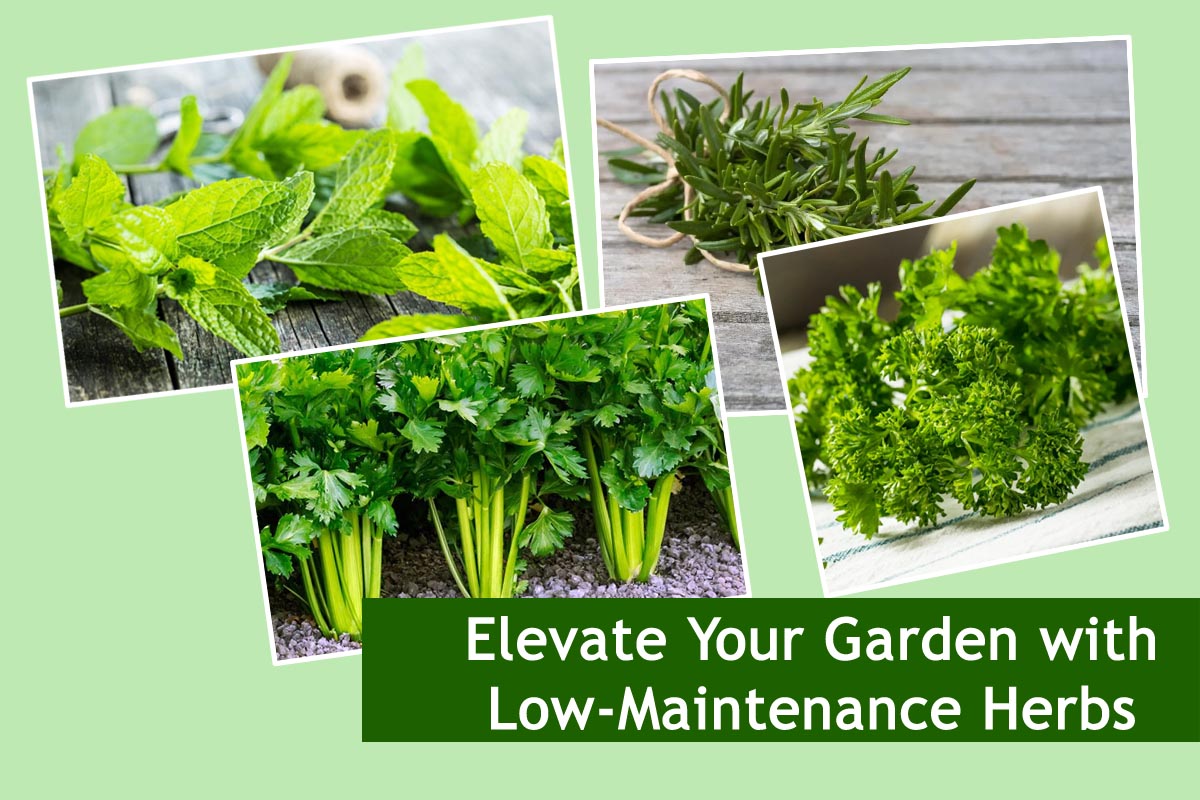
Elevate Your Garden with Low-Maintenance Herbs
In the realm of gardening, herbs stand out as versatile, aromatic, and often low-maintenance additions to any garden. Whether you’re a seasoned gardener or just starting out, incorporating herbs into your garden can be a rewarding experience. Not only do they add fragrance and flavor to your surroundings, but they also offer a host of practical benefits, from attracting beneficial insects to serving as natural remedies. Let’s delve into the world of low-maintenance herbs and discover how they can elevate your garden.
Why Choose Low-Maintenance Herbs?
One of the primary reasons to opt for low-maintenance herbs in your garden is their ability to thrive with minimal care. Unlike some high-maintenance plants that require constant attention and meticulous upkeep, herbs are often resilient and adaptable. This makes them an excellent choice for busy individuals or those new to gardening who may not have the time or expertise to devote to more demanding species.
Creating a Low-Maintenance Herb Garden
Before diving into specific herbs, it’s essential to understand the basics of creating a low-maintenance herb garden. Start by selecting a suitable location that receives adequate sunlight, as most herbs prefer full sun. Ensure the soil is well-drained and amend it with compost or other organic matter to provide nutrients for healthy growth.
Also Read This : How to Ensure Your Bougainvillea Plant Blooms Abundantly: Tried and Tested Tips
Consider planting herbs in containers or raised beds to control their spread and make maintenance easier. This also allows you to adjust soil conditions and placement as needed. Group herbs with similar water and sunlight requirements together to streamline care.
Top Low-Maintenance Herbs for Your Garden
Lavender
Lavender, with its iconic fragrance and delicate purple blooms, is a staple in any low-maintenance herb garden. This resilient herb thrives in sunny locations with well-drained soil, making it perfect for hot and dry climates. Once established, lavender requires minimal watering and pruning, making it an ideal choice for busy gardeners. Not only does lavender add beauty and fragrance to your garden, but it also attracts pollinators like bees and butterflies, enhancing biodiversity.
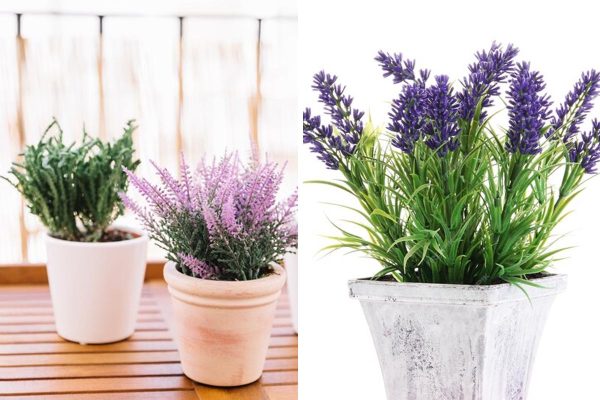
Also Read This : Stemming the Stretch: A Guide to Preventing and Fixing Leggy Succulents
Rosemary
Rosemary is another Mediterranean herb renowned for its robust flavor and aromatic foliage. This hardy herb thrives in full sun and well-drained soil, tolerating periods of drought with ease. Once planted, rosemary requires minimal care, with occasional pruning to maintain its shape and encourage bushy growth. In addition to its culinary uses, rosemary is said to have medicinal properties and can be used in natural remedies for ailments like indigestion and headaches.
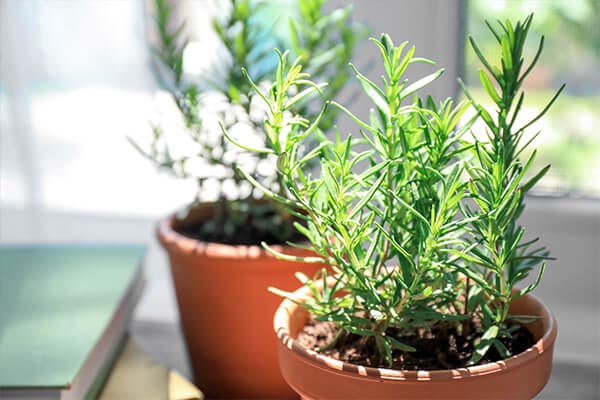
Also Read This : How to Achieve Bumper Tomato Yields: Choosing the Right Fertilizer
Mint
Mint is a versatile and fast-growing herb that adds a refreshing touch to any garden. While mint can be invasive if left unchecked, it’s relatively low-maintenance and thrives in moist soil with partial shade. Consider planting mint in containers or confined areas to prevent it from spreading uncontrollably. With its aromatic foliage and culinary uses, mint is a must-have herb for both beginner and experienced gardeners alike.
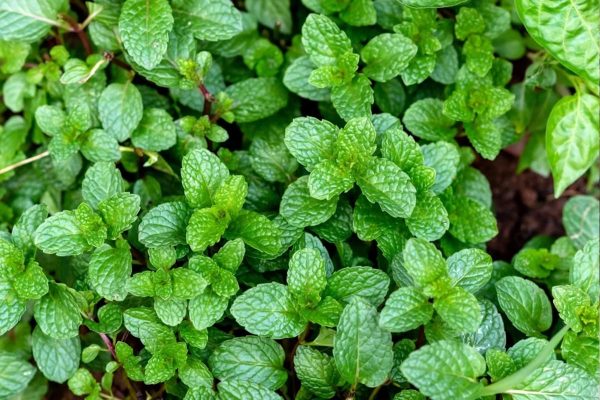
Also Read This : Colorful Most Flowers and Long-Lasting: Top Flowering Plants for Every Season
Tulsi (Holy Basil)
Tulsi, also known as holy basil, is revered for its medicinal properties and sacred significance in Hindu culture. This aromatic herb is easy to grow and requires minimal care, thriving in warm, sunny conditions with well-drained soil. Tulsi is believed to have antioxidant, antibacterial, and adaptogenic properties, making it a valuable addition to any herb garden. Enjoy tulsi fresh in teas or dry it for later use in herbal remedies.

Also Read This : Exploring the Diverse Papaya Varieties Cultivated in India: A Fruitful Journey
Cilantro
Cilantro, also known as coriander, is a popular herb in culinary traditions around the world. This cool-season herb is relatively low-maintenance and thrives in well-drained soil with partial shade, making it perfect for spring and fall planting. While cilantro bolts quickly in hot weather, it readily self-seeds, allowing for a continuous harvest throughout the growing season. Use cilantro fresh in salads, salsas, and soups for a burst of fresh flavor.

Also Read This : 9 Must-Plant Flowers for a Blooming Garden: Prepare for Summer Splendor
Parsley
Parsley is a versatile and nutritious herb that deserves a spot in every garden. This biennial herb is relatively low-maintenance and prefers well-drained soil with partial shade, although it can tolerate full sun in cooler climates. Parsley requires regular watering to keep the soil evenly moist but is otherwise undemanding. With its fresh flavor and vibrant green foliage, parsley is a culinary staple in dishes ranging from tabbouleh to pasta.
Also Read This : Maximize Growth: Complete This Task in March for Fivefold Plant Growth!
Garlic
Garlic is not only a culinary essential but also a low-maintenance herb with numerous health benefits. This pungent bulb thrives in well-drained soil with full sun and requires minimal care once planted. Garlic can be grown from cloves planted in the fall for a summer harvest or in the spring for a fall harvest. In addition to its culinary uses, garlic is believed to have antibacterial, antiviral, and immune-boosting properties, making it a valuable addition to any herb garden.
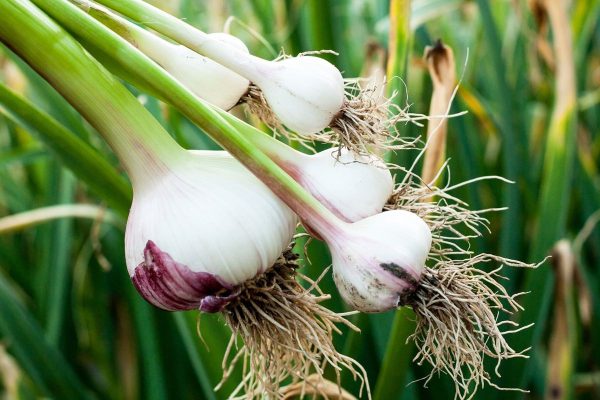
Also Read This : Boost Your Garden: Transforming Cow Dung into Potent Compost in 30-40 Days!
Benefits of Low-Maintenance Herbs
In addition to their ease of care, low-maintenance herbs offer a range of benefits for both gardeners and the environment:
Attract Beneficial Insects: Many herbs, such as basil and oregano, attract pollinators and beneficial insects to the garden, helping to maintain a healthy ecosystem and improve overall plant health.
Natural Pest Control: Some herbs, like cilantro and dill, repel pests such as aphids and caterpillars, reducing the need for chemical pesticides and promoting a more sustainable gardening approach.
Culinary Delights: Fresh herbs add flavor and depth to culinary dishes, allowing you to elevate your cooking with homegrown ingredients. From basil pesto to mint-infused drinks, the possibilities are endless.
Medicinal Properties: Many herbs have medicinal properties and are used in traditional herbal remedies to treat various ailments. For example, chamomile is known for its calming effects, while garlic has antibacterial and antiviral properties.
Also Read This : Transform Your Curry Leaf Plant into a Verdant Forest Haven with This Magical Ingredient
Tips for Success
To make the most of your low-maintenance herb garden, consider the following tips:
Regular Maintenance:
While low-maintenance, herbs still benefit from regular care, including watering, pruning, and occasional fertilization. Check plants regularly for signs of pests or disease and address any issues promptly.
Harvesting:
Harvest herbs regularly to encourage new growth and prevent them from becoming overgrown. Use fresh herbs in cooking or dry them for later use to preserve their flavor and aroma.
Companion Planting:
Plant herbs alongside other vegetables and flowers to create a diverse and balanced garden ecosystem. Companion planting can help repel pests, improve soil health, and enhance overall garden productivity.
Experiment:
Don’t be afraid to experiment with different herbs and growing techniques to find what works best for your garden. Each herb has its own unique characteristics and requirements, so don’t be afraid to get creative and explore new possibilities.
Also Read This : Exploring the Top 21 Mango Varieties That Make India the Ultimate Mango Paradise
In conclusion, low-maintenance herbs offer a wealth of benefits for gardeners of all skill levels. Whether you’re looking to add fragrance and flavor to your garden or harness the natural properties of herbs for culinary or medicinal purposes, there’s a low-maintenance herb to suit your needs. By incorporating these resilient and versatile plants into your garden, you can elevate your outdoor space while minimizing the time and effort required for upkeep. So roll up your sleeves, dig in the dirt, and watch as your low-maintenance herb garden flourishes and thrives.





